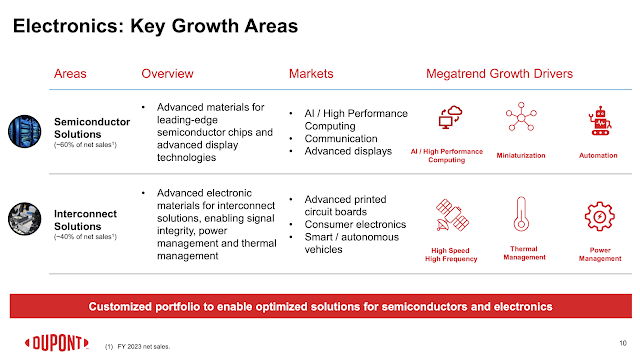Marvell introduced its Alaska P PCIe retimer product line for data center compute fabrics inside accelerated servers, general-purpose servers, CXL systems and disaggregated infrastructure.
The first two products, 8- and 16-lane PCIe Gen 6 retimers, connect AI accelerators, GPUs, CPUs and other components inside server systems. The 16-lane retimer is sampling now to customers and ecosystem partners; the 8-lane product will sample next quarter.
PCIe retimers are key to supporting the faster inside-server-system connection speeds of PCIe Gen 6 over longer distances.
PCIe Gen 6, which operates at 64 gigatransfers-per-second (GT/s), is the first PCIe standard to use four-level pulse-amplitude modulation (PAM4) signaling, displacing the non-return to zero (NRZ) modulation used for the last 20 years. The higher bandwidth and faster data rate limit the physical reach signals can travel reliably, reducing the distance connections can span.
Marvell Alaska P retimers address this by compensating for the signal degradations and regenerating the signal to deliver reliable communication over the physical distances required for connections between GPUs and CPUs within an AI server, between GPUs on different boards, or between CPUs and a pool of shared memory enabled by CXL, among other use cases.
Marvell says its retimers can be used on AI accelerator baseboards, server motherboards, riser cards, or integrated into active electrical cables (PCIe AEC) and active optical cables (PCIe AOC) for emerging multi-rack server system architectures.
The retimers can be used for on-board or cable copper connections or combined with electrical-to-optical components to produce optical PCIe modules, addressing different cloud customer data center architectures. Marvell is working with cable and optical module partners to integrate the products into cloud-optimized interconnect solutions for different data center customer applications.
Key features include:
- Compatible with PCI Express Gen 6/5/4/3/2/1 and Compute Express Link 3/2/1.1
- Industry-leading PAM4 SerDes performance
- Low-latency mode for cache-coherent links
- Industry’s lowest power consumption (10W PCIe 6 x16)
- Industry-standard x16 and x8 footprints
- Advanced telemetry and diagnostics: in-band FEC monitoring, out-of-band SerDes eye monitoring, embedded logic analyzer and software suite for fleet management in large-scale deployments
“Marvell is the industry leader for data center-to-data center, switch-to-switch, rack-to-rack, server-to-switch, and server-to-server connectivity. We are now entering the market for compute fabrics as PCIe and CXL go through an inflection point, migrating from NRZ to PAM4 technology,” said Venu Balasubramonian, vice president of product marketing, Connectivity Business Unit at Marvell. “Marvell is building on more than 10 years of in-house expertise in PAM4 technology and our industry-leading 5nm PAM4 IP portfolio to enable this transition. Our Alaska P PCIe retimer family is an important addition to the comprehensive Marvell accelerated infrastructure portfolio.”
- Marvell has been a pioneer in PAM4 technology for over a decade, and the new Alaska P PCIe retimer product line expands its PAM4 connectivity portfolio beyond Ethernet and InfiniBand to include copper and optical PCIe, CXL, and proprietary compute fabric links, addressing connections within AI and general-purpose server systems and broadening Marvell’s market reach.
- In 2023, Marvell introduced Nova, the industry’s first 1.6T PAM4 DSP, along with integrated PAM4 DSPs (Perseus) and efficiency-optimized DSPs (Spica Gen2-T) to support various cloud data center link types and use cases. Additionally, Marvell’s PAM4 technology underpins the Alaska A DSP chips, which are optimized for active electrical cable (AEC) applications.






































